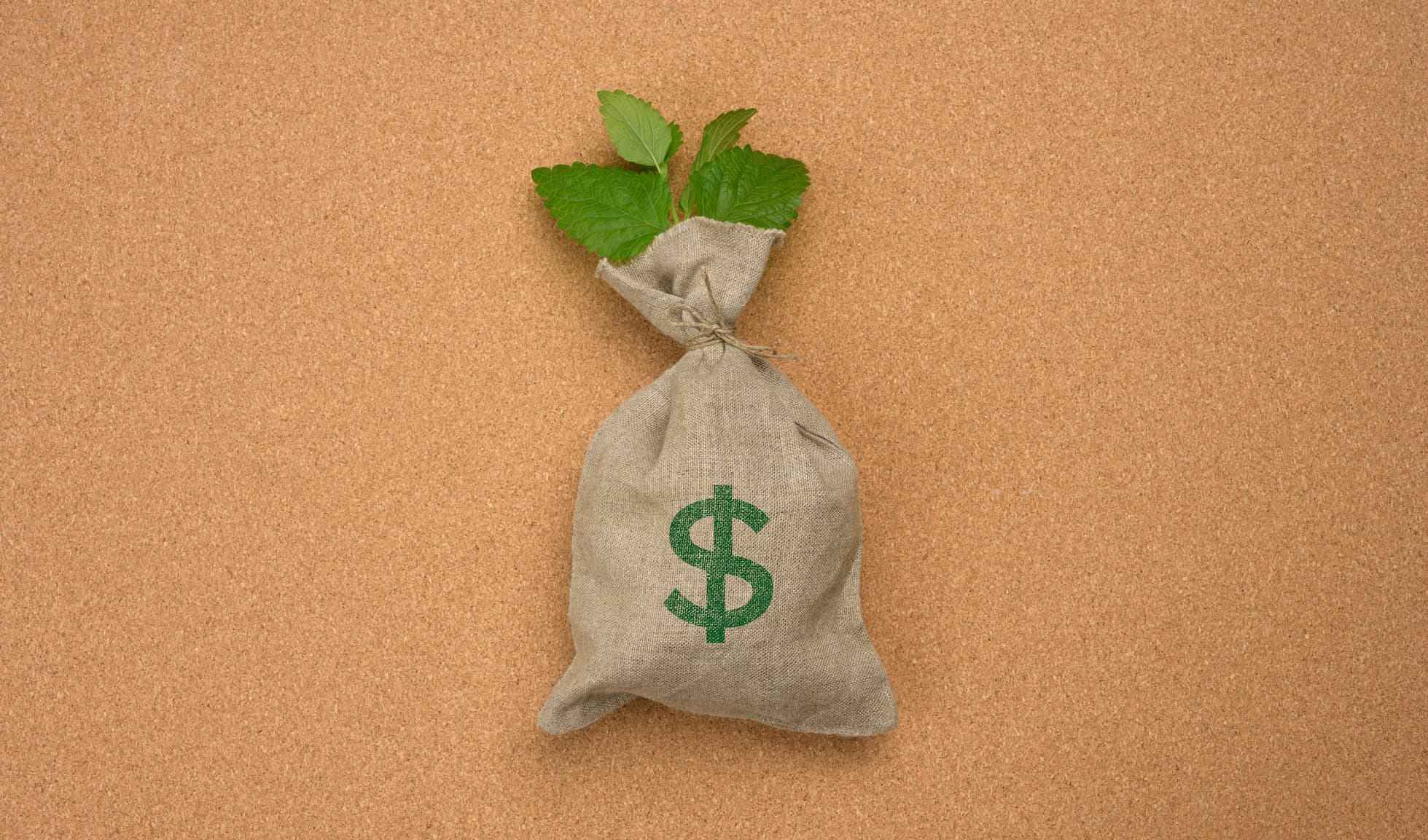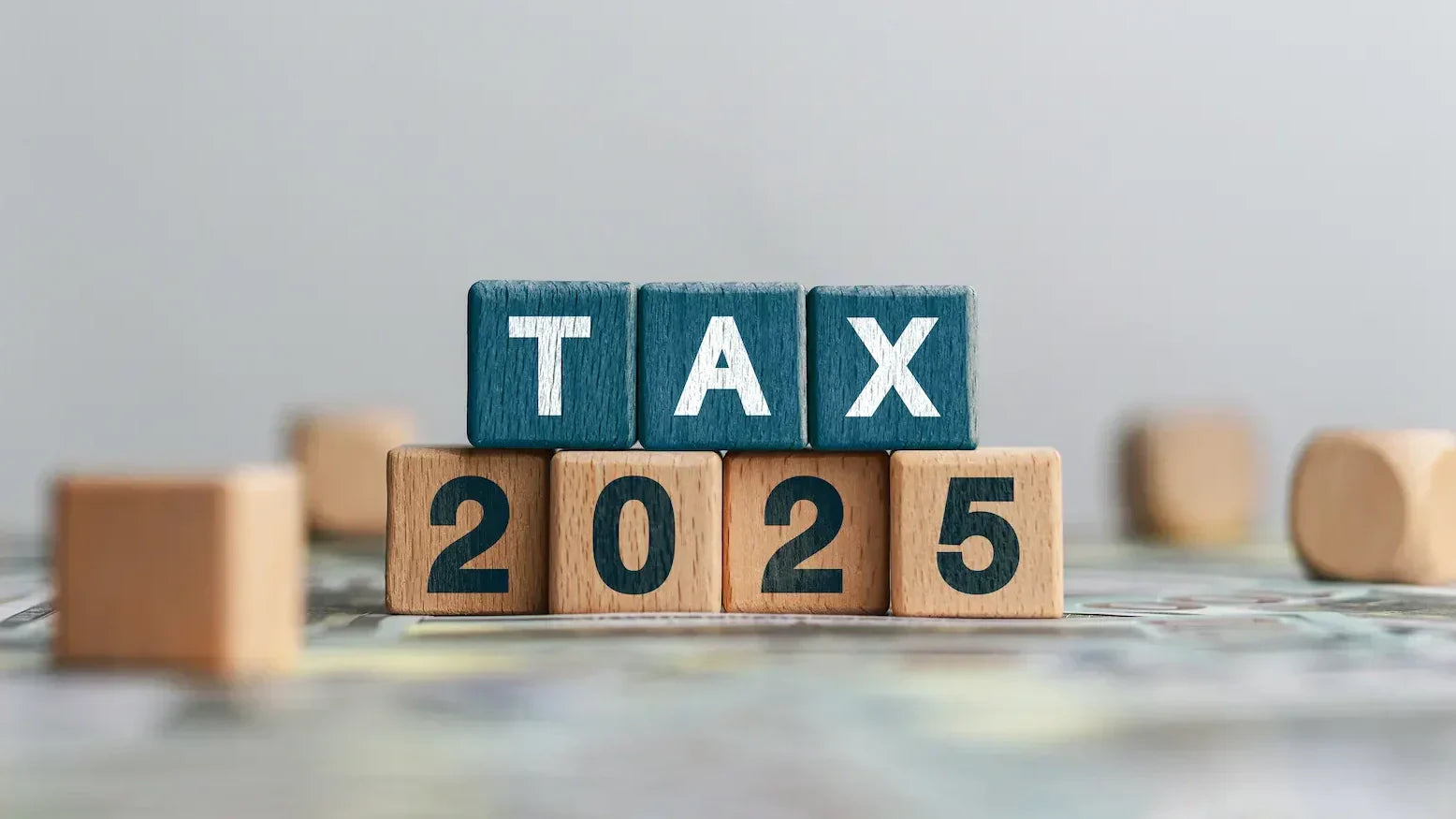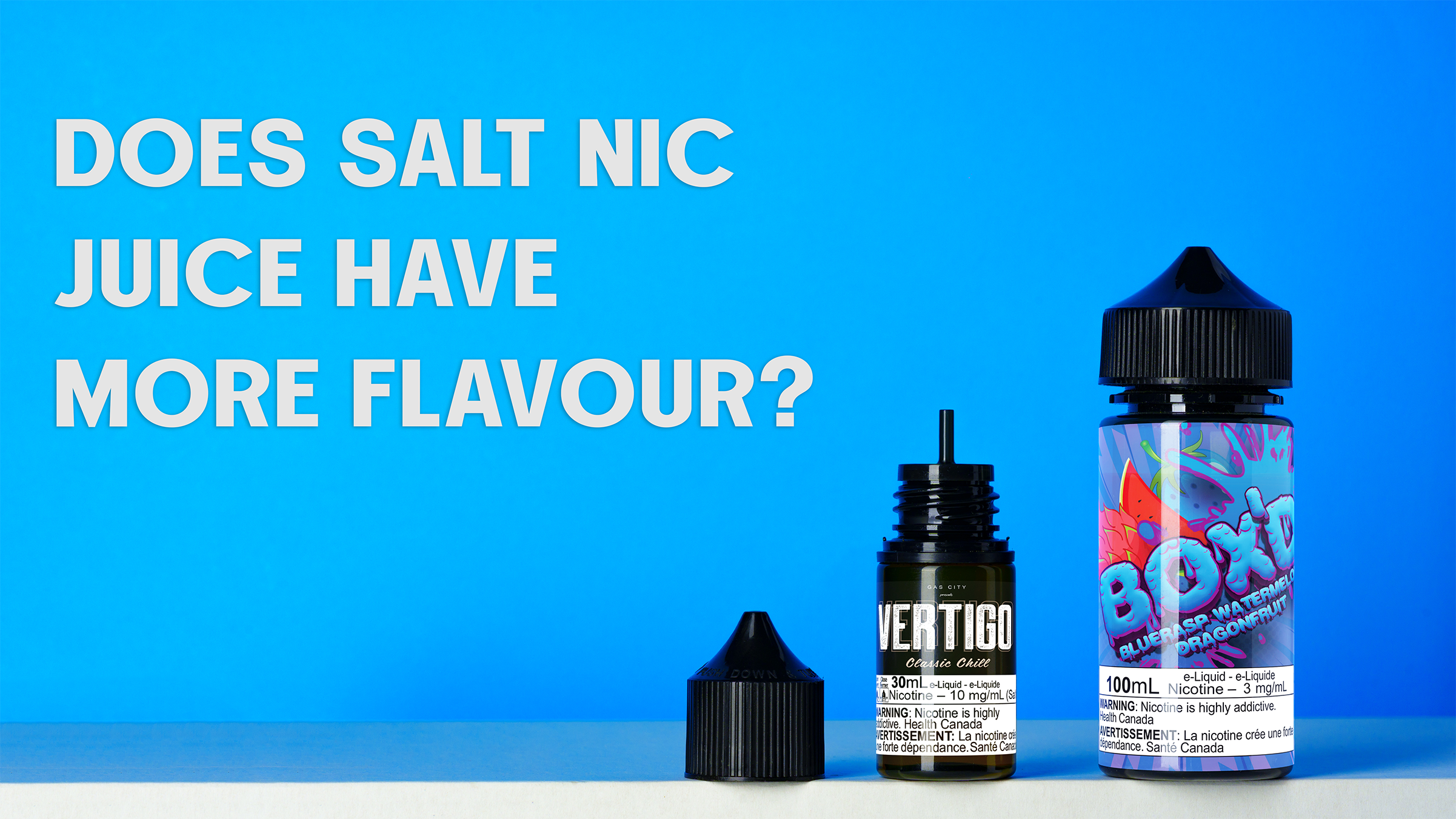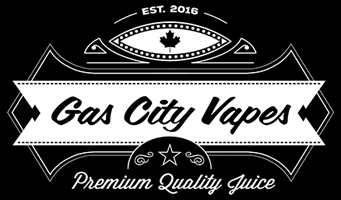E-LIQUID EXCISE TAX CALCULATOR
Use our simple calculator to quickly determine the federal and provincial excise taxes applied to your vape purchases. Just select the e-liquid volume (in milliliters) or enter a custom amount below.
How Vape Excise Tax Works
Excise taxes on vaping products are based on the volume of e-liquid. The current rates are:
- First 10ml: $1.12 per 2 milliliters.
- Over 10ml: $1.12 per 10 mL, or fraction thereof, for amounts over the first 10 mL
These rates apply to both federal and provincial taxes. Our calculator combines these for a total excise tax amount.
E-Liquid Excise Tax Calculator
Provincial Tax: $0.00
Federal Tax: $0.00
Total Tax: $0.00
The excise tax is already included in the prices shown at Gas City Vapes. This calculator is just to show how much of the price is just tax going to the Government.
E-LIQUID VAPE TAX FAQ
Find answers to some of the most common questions about the excise tax and vaping regulations in Canada.
What is the vaping excise tax?
Excise tax is a tax on specific goods manufactured or produced in Canada, including:
- Alcohol
- Tobacco Products
- Cannabis & Vaping Products
- Fuel (Gasoline, diesel, avaition fuel)
- Certain Luxury Items
Provinces also levy their own excise tax in addition to the federal tax, effectively doubling the tax in those provinces.
How is excise tax calculated on disposable vapes and pods?
The excise tax on disposable vapes and pre-filled pods is calculated on the volume of e-liquid in each individual unit, not the total volume in a multi-pack. So, each pod or disposable device is taxed separately, regardless of packaging.
How is the tax calculated on bottled e-liquid?
For bottled e-liquids, the excise tax is based on the total volume of e-liquid in the entire bottle. For example, a 30 mL bottle is taxed as a single, 30mL unit.
Is excise tax the same as GST?
The short answer is no. While both are consumption taxes collected by the government, they differ significantly in their scope and application.
Do excise taxes apply on top of GST?
Yes, excise taxes are applied at the manufacturer stage before GST is even calculated and included into the final retail price. Consumer's often don't see the amount paid in excise tax separately since it tends to be embedded in the advertised or sticker price.
Sales tax applies not only to the base price of goods that are subject to excise tax, but also to the excise tax amount as well.
Who pays the excise tax?
Typically, the manufacturers or wholesalers pay the excise tax directly to the government. They, in turn, usually incorporate this tax into the price of the product, effectively passing the cost on consumers.
How do excise taxes affect vaping prices?
Imagine you buy a bottle of e-liquid or a disposable vape. The manufacturer pays the excise tax based on the ml quantity produced. This cost is then factored into the wholesale price, which retailers mark up to determine the final retail price. GST is then added to this final retail price at checkout, effectively creating a "tax-on-tax" scenario.
Does the vape tax apply to 0% nicotine vapes?
Yes, even vaping products with no nicotine are subject to the excise tax. The tax applies to all vapeable products, regardless of nicotine content.
When did the excise tax come into effect & when was it increased?
The federal vaping excise duty took effect on October 1, 2022. It was subsequently increased by 12% on July 1, 2024. The implementation dates of additional provincial taxes have varied, but ultimately end up looking identical to the federal tax.
How do I know if a product has had the tax paid on it?
All vaping liquids and pre-filled pods are required to have a special excise stamp on their packaging to show the tax has been paid. Enforcement of stamps began in January 2023, meaning that it became illegal at that point to sell or purchase products without the stamp.
Why does Canada have a vape tax?
The stated aim of the excise tax is to discourage vaping, especially among youth, and to generate government revenue. The stated intent of the tax was similar to the goals stated for tobacco tax implementations of the past, all while acknowledging that vaping products are the most effective tool in reducing cigarette use.
Blog posts

Vaping Taxes: A Smokescreen for Profit or a Public Health Measure?
Is Taxation Effective in Curbing Vaping Among Youth? Yes, taxation is effective in curbing vaping amongst everyone. It works because the tax is so disproportionately high, that many Canadians simpl...

2025 Vape Tax Increase: What You Need to Know
Higher vape prices are here. Learn about the 2025 excise tax changes and what it means for vapers in Canada.

Do Nic Salts have Better Flavor?
Many vapers swear nic salts offer a more flavorful experience, but is it true? The answer isn't a simple yes or no. While nic salts don't inherently contain more flavoring than freebase nicotine e-...


